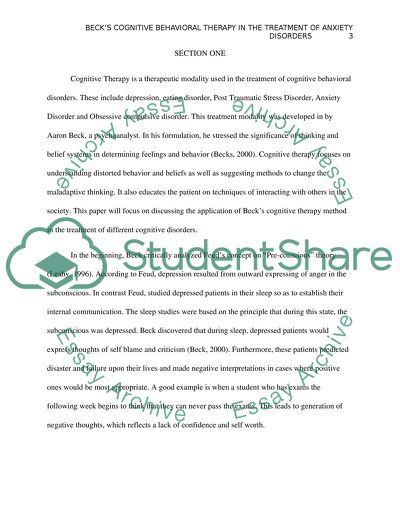Cite this document
(“Beck's Cognitive Therapy for the treatment of Anxiety disorders such Term Paper”, n.d.)
Retrieved from https://studentshare.org/psychology/1395839-beck-s-cognitive-therapy-for-the-treatment-of
Retrieved from https://studentshare.org/psychology/1395839-beck-s-cognitive-therapy-for-the-treatment-of
(Beck'S Cognitive Therapy for the Treatment of Anxiety Disorders Such Term Paper)
https://studentshare.org/psychology/1395839-beck-s-cognitive-therapy-for-the-treatment-of.
https://studentshare.org/psychology/1395839-beck-s-cognitive-therapy-for-the-treatment-of.
“Beck'S Cognitive Therapy for the Treatment of Anxiety Disorders Such Term Paper”, n.d. https://studentshare.org/psychology/1395839-beck-s-cognitive-therapy-for-the-treatment-of.


